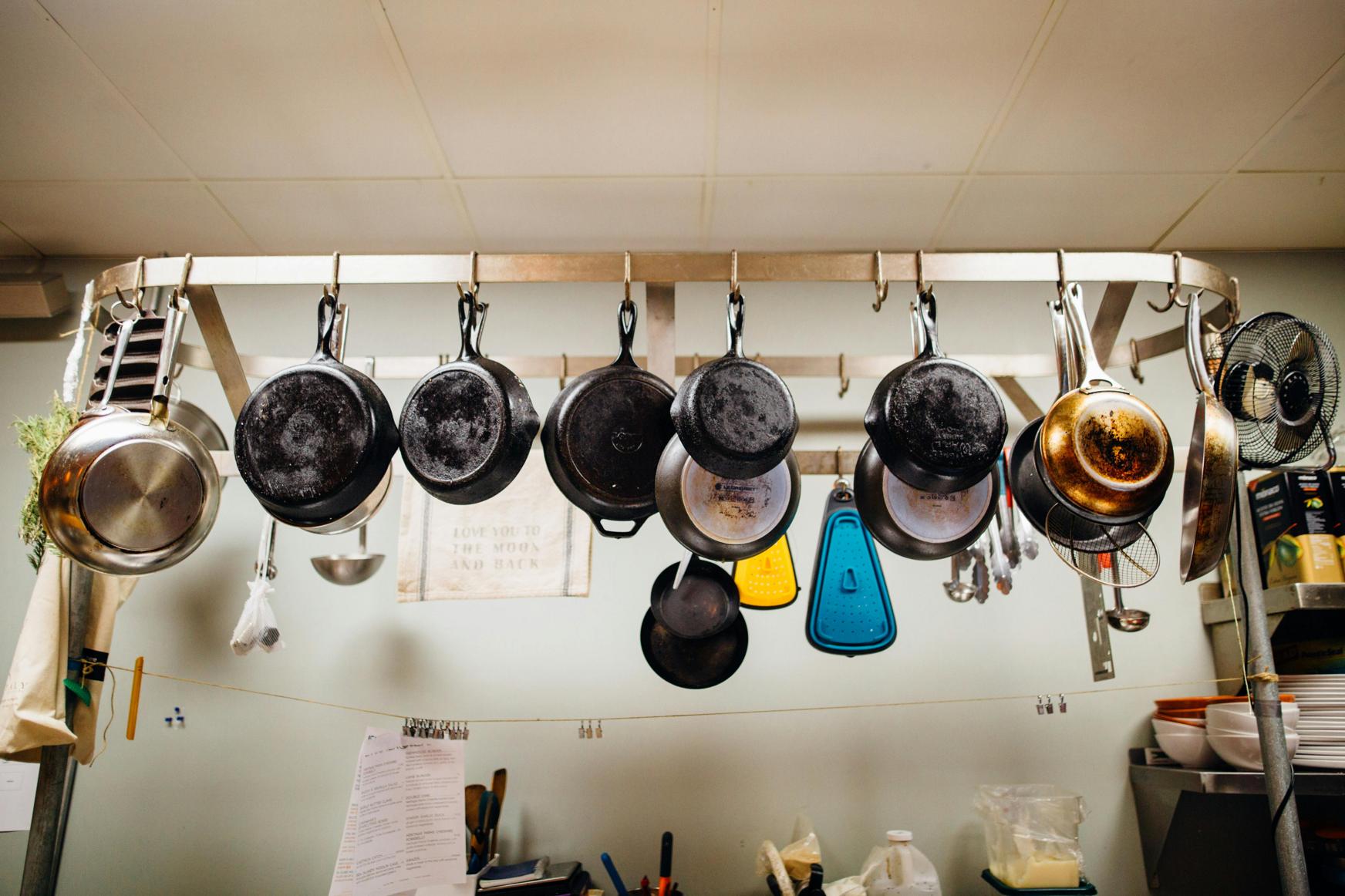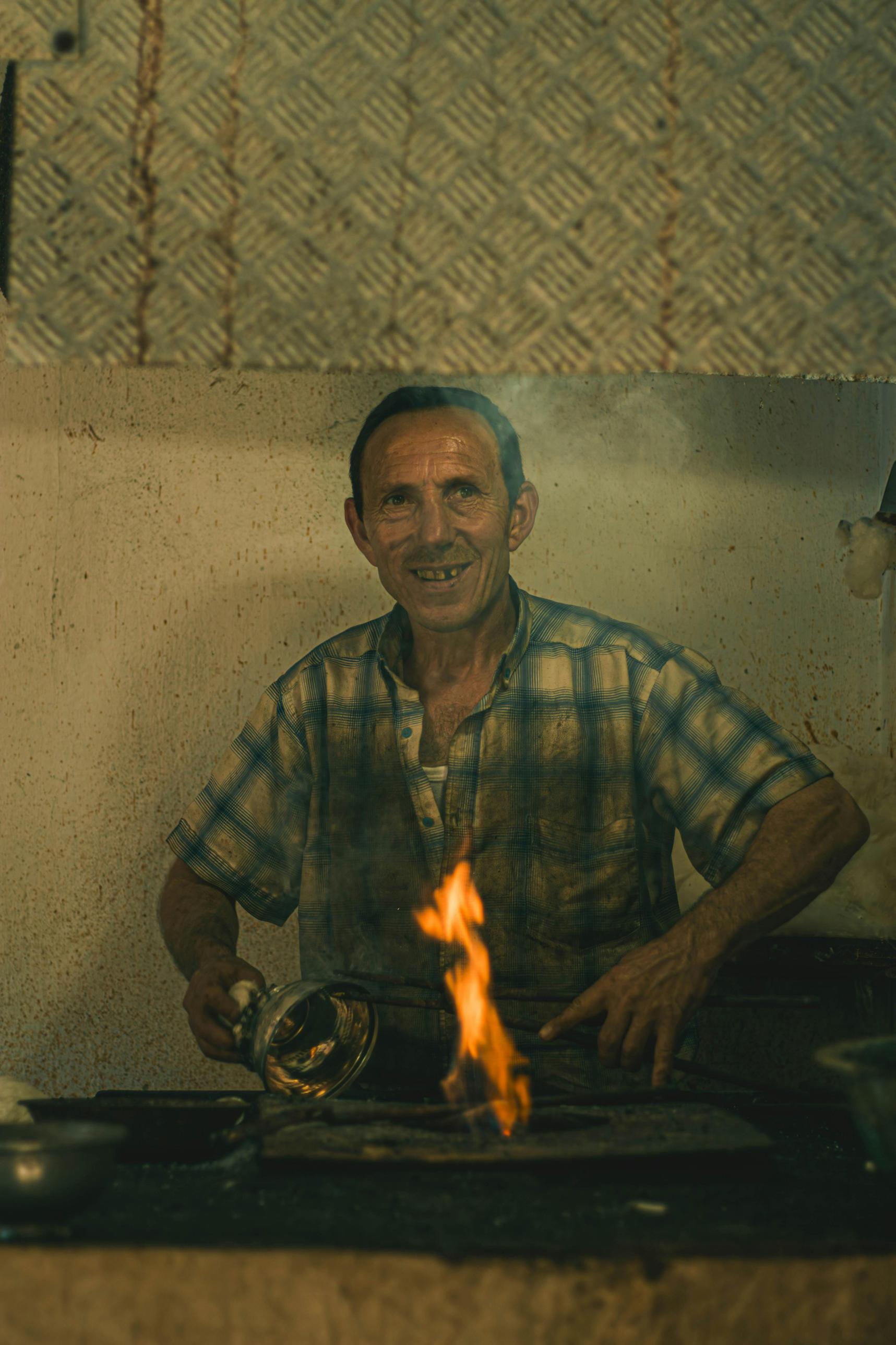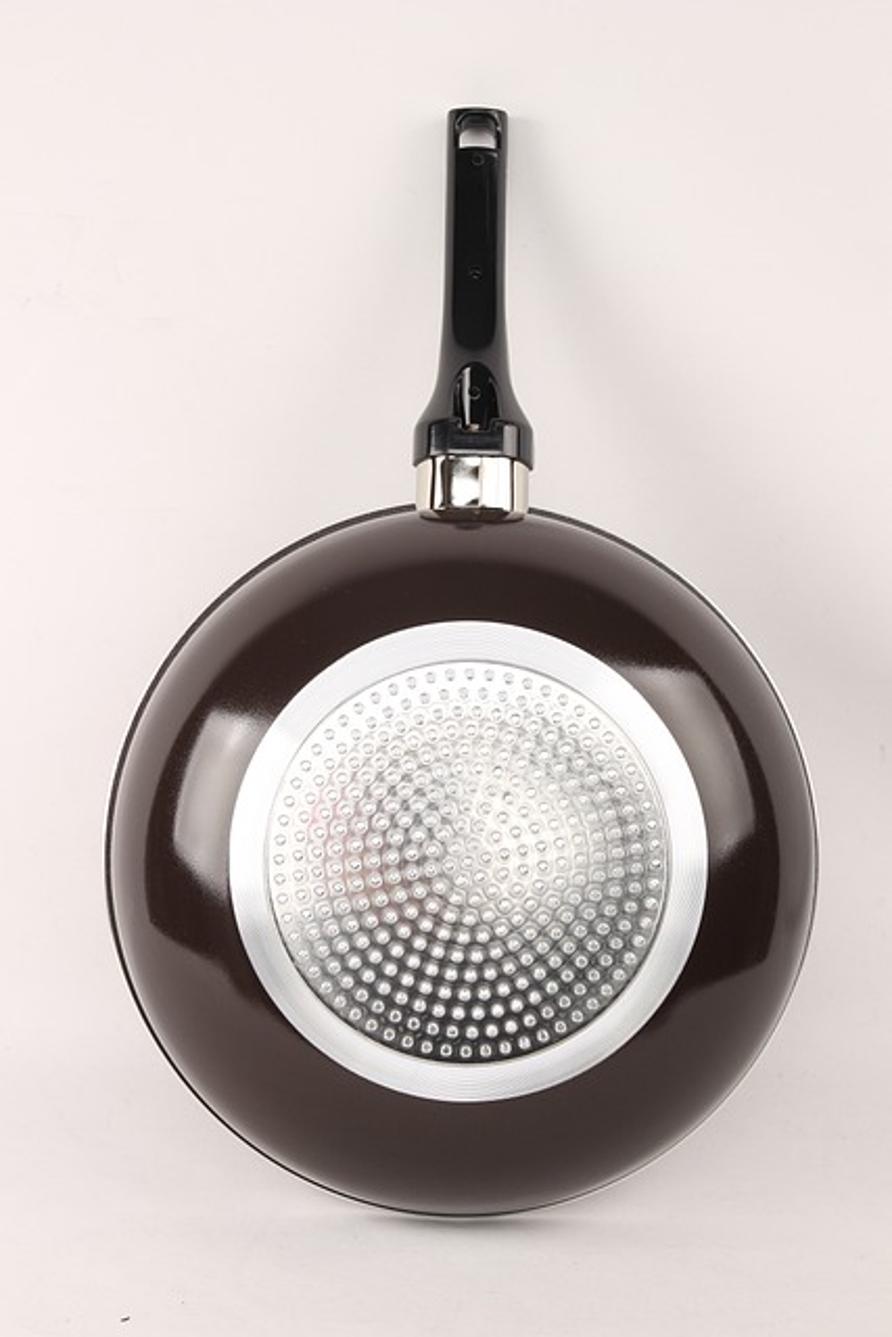What Materials Are Used to Make Frying Pans?
Introduction
When it comes to cooking, the choice of frying pan material can significantly affect the outcome of your dish. Different materials offer various benefits, from heat conductivity to ease of maintenance. Understanding these options will help you make an informed decision for your kitchen. In this article, we will explore the common materials used to make frying pans, discussing their advantages and disadvantages.

Common Frying Pan Materials
Frying pans come in various materials, each with unique properties. These materials include stainless steel, cast iron, aluminum, copper, and non-stick coatings. By delving into each, we aim to help you choose the frying pan that best suits your cooking needs.
Stainless Steel Frying Pans
Stainless steel frying pans are highly regarded for their durability and versatility. They do not react with food, which means no metallic taste will be imparted to your dishes. Additionally, they are resistant to rust, corrosion, and scratching.
A key benefit of stainless steel is its ability to withstand high temperatures, making it perfect for browning and searing. However, stainless steel is not the best heat conductor. To address this, many manufacturers design their pans with a core of aluminum or copper to improve heat distribution.
Stainless steel frying pans are relatively easy to clean, though they require more effort than non-stick options. They are also compatible with all cooktops, including induction.

Cast Iron Frying Pans
Cast iron frying pans are beloved for their unparalleled heat retention and even heating. Once heated, they maintain a consistent temperature, making them excellent for slow-cooking and frying. Moreover, they impart a unique flavor to food, often described as ‘homey’ and ‘rich.’
One of the primary considerations for cast iron pans is their weight. They are significantly heavier than other materials, which can be a disadvantage for some users. Additionally, cast iron requires special care: to prevent rusting, these pans must be seasoned regularly and should not be soaked or washed with soap.
Despite the maintenance, many cooks prefer cast iron frying pans for their longevity and exceptional cooking performance.
Aluminum Frying Pans
Aluminum frying pans are known for being lightweight and excellent conductors of heat. This results in quick and even heating, reducing the time needed to cook. They are generally more affordable compared to other materials.
However, aluminum is a soft metal and can be easily scratched or dented. It also reacts with acidic or alkaline foods, which can affect the flavor and appearance of your dishes. This is why most aluminum frying pans are anodized or coated to prevent reaction with food.
Non-anodized aluminum pans are often paired with non-stick coatings to enhance durability and ease of use. These pans are user-friendly and require minimal maintenance compared to their cast iron counterparts.
Copper Frying Pans
Copper frying pans offer superior heat conductivity, even better than aluminum. This property allows for precise temperature control, making copper pans ideal for delicate dishes that require exact temperature management.
Copper pans are typically lined with another metal, such as stainless steel, to prevent reacting with food. Unlined copper can leach into food, potentially causing health issues.
Another consideration is the upkeep. Copper tarnishes easily and needs regular polishing to maintain its characteristic shine. Though somewhat high-maintenance, many chefs treasure their copper frying pans for their performance and aesthetic appeal.
Non-Stick Coated Frying Pans
Non-stick pans have gained popularity for their convenience and ease of use. The non-stick coating, often made from Teflon or ceramic, prevents food from sticking and requires less oil for cooking, promoting healthier meals.
These pans are particularly suitable for cooking eggs, pancakes, and other delicate foods. They are also a breeze to clean, often requiring just a quick wipe.
However, there are safety concerns regarding non-stick coatings, especially Teflon. At high temperatures, Teflon can release harmful fumes. Ceramic-coated pans are a safer alternative but may not be as durable.
Non-stick pans typically have a shorter lifespan compared to stainless steel or cast iron, as the coating can wear off over time. However, their ease of use makes them a staple in many kitchens.

Conclusion
Choosing the right frying pan material depends on your cooking needs and preferences. Stainless steel offers durability and versatility; cast iron provides excellent heat retention and flavor; aluminum ensures quick heating; copper allows precise temperature control; and non-stick coatings offer convenience. Understanding the pros and cons of each material will help you make the best choice for your culinary adventures.
Frequently Asked Questions
What is the best material for a frying pan?
The best material depends on your cooking style. Stainless steel is versatile, cast iron offers great heat retention, aluminum is lightweight, copper provides precise control, and non-stick is user-friendly.
Are non-stick pans safe to use?
Non-stick pans, especially Teflon-coated ones, are safe if used correctly and not overheated. Ceramic-coated pans are considered safer but may be less durable.
How do I maintain a cast iron frying pan?
To maintain a cast iron pan, keep it seasoned by applying a thin layer of oil and heating it. Avoid using soap; instead, clean it with hot water and a stiff brush, then dry it thoroughly to prevent rust.

